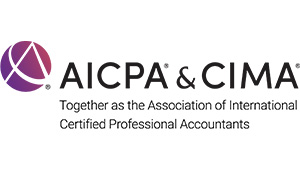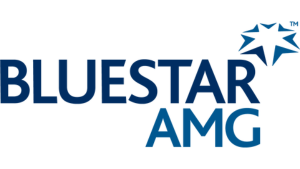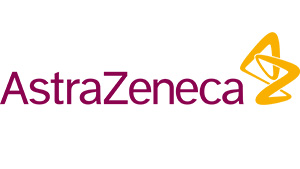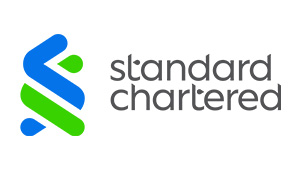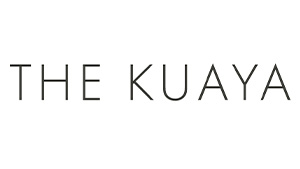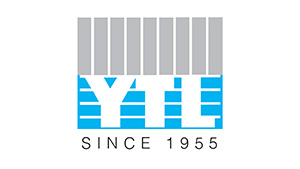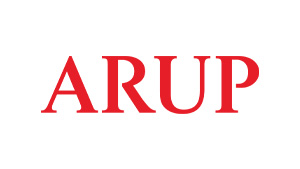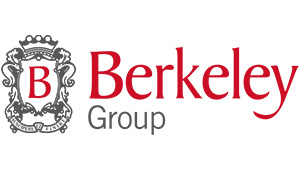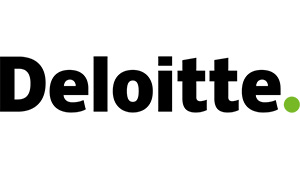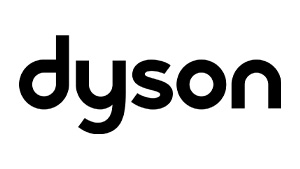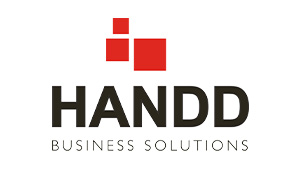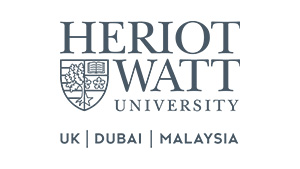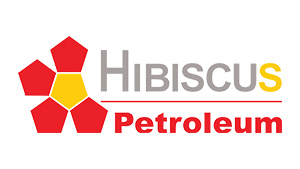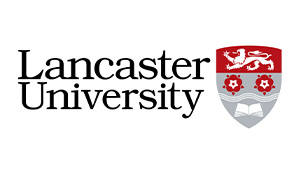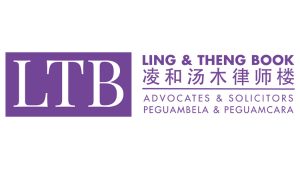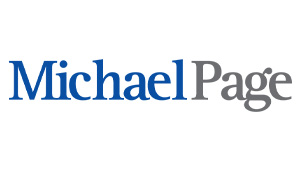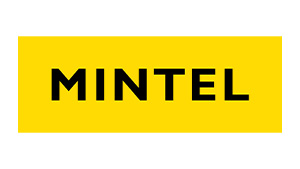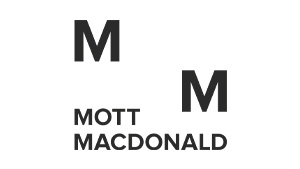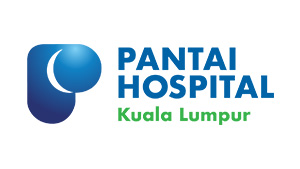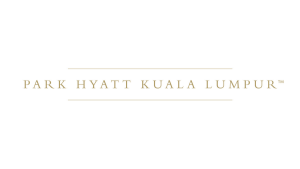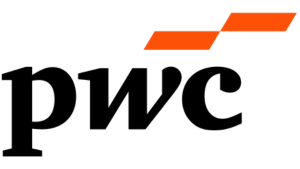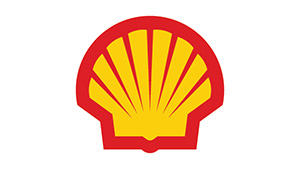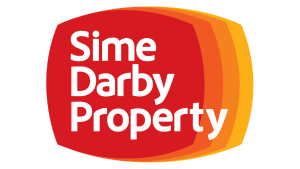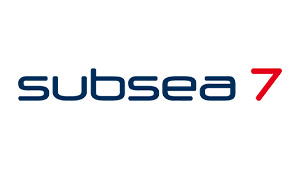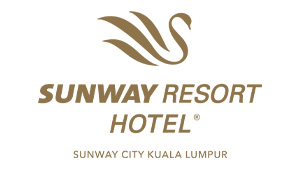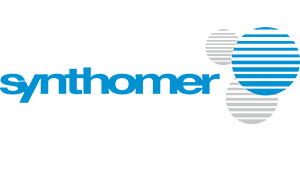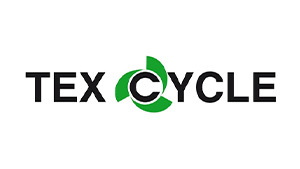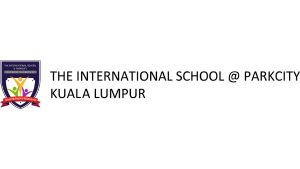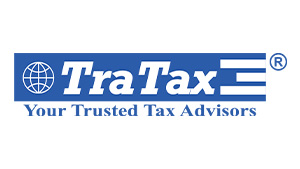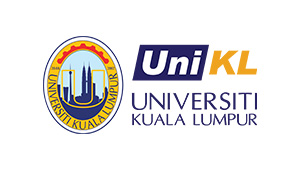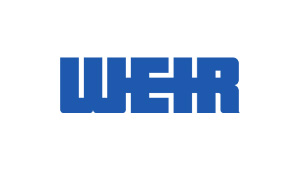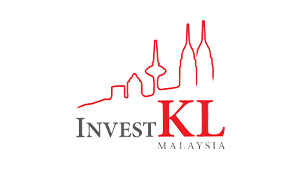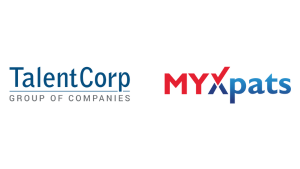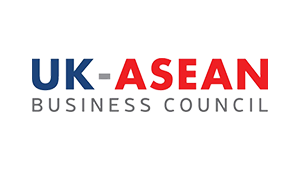JLL | Kuala Lumpur Shows Strong Performance Across Sectors in Q1 2025


Kuala Lumpur Shows Strong Performance Across Sectors in Q1 2025
Q1 2025 Market Dynamics Report
KUALA LUMPUR, May 13, 2025 – JLL (Malaysia) today released its Q1 2025 market dynamics reports, highlighting robust growth and positive trends across Kuala Lumpur’s key real estate sectors.
Key Highlights:
- Industrial: Logistics sector experiences steady expansion with vacancy rates decreasing to 4.0%. Five new warehouse facilities completed in 2024 added 4,019,416 sq ft of space, attracting diverse tenants from electrical & electronics, automotive, logistics, and medical sectors. No new completions were recorded in Q1 2025.
- Office: Financial institutions and technology companies drive demand, particularly in the Tun Razak Exchange (TRX) precinct. Vacancy rates improved in KL City (19.4%) and KL Fringe (8.5%) submarkets, with overall vacancy at 16.1%. Grade A buildings with superior amenities and technologies are in high demand.
- Residential: Prime sector sees strong demand with 30-50% take-up rates for new launches. Rental market remains stable in central areas, with growing preference for flexible accommodation options.
- Retail: F&B and fashion categories lead leasing demand. Vacancy rates decreased to 10.4% in City Centre submarket and 17.6% in Suburban submarket. One notable expansion (Alamanda Shopping Centre) and investment deal (Jaya Shopping Centre) recorded.
INDUSTRIAL: Kuala Lumpur’s logistics sector experienced steady expansion throughout 2024, culminating in the completion of five new warehouse facilities that added 4,019,416 sq ft of gross floor area (GFA) to the city’s logistics space. Net absorption is projected to surge in 2025, driven by incoming supply, with forecasts indicating high pre-commitment rates of around 50% for new completions.
These new state-of-the-art facilities have successfully attracted tenants primarily from the electronics and electrical (E&E), automotive, logistics, and medical sectors, highlighting the diverse demand for high-quality warehouse space in the region. The Malaysian logistics market is thriving, driven by a robust economy and increased international investment, particularly from China and Taiwan. This aligns with global supply chain diversification strategies, while benefiting local companies through technology transfer and integration.
The rising demand for Automated Storage and Retrieval System (ASRS) warehouses, supported by government incentives, exemplifies this trend. Consequently, the gap between international and Malaysian logistics practices is narrowing, fostering a more competitive domestic environment. The market’s vitality is underscored by a notable decrease in vacancy rates, dropping from 4.8% in Q4 2024 to 4.0% in Q1 2025, a trend attributed to the absence of new completions during this quarter and reflecting the sector’s robust absorption of existing space.
OFFICE: Financial institutions and technology sectors are the main drivers of demand for Kuala Lumpur’s office markets, with a particular focus on the Tun Razak Exchange (TRX) precinct; as TRX elevates KL’s office landscape, into a dynamic and emerging commercial hub of international significance.
Demand continues to be in high quality green office space, driven by environmental, social and governance (ESG) policies as well as to accommodate the evolving workplace preferences of the younger generation. Companies are preferably relocating to similar Grade A buildings with some green certification type, with a market reluctant to return to lower-grade spaces. There is a growing emphasis on quality and prestigious office spaces, as companies prioritize buildings offering superior amenities, advanced technologies, and environments conducive to employee well-being and productivity.
With the increasing adoption of hybrid workspace models, corporations are rarely opting to expand their additional space, instead of maximizing the efficiency of their existing footprints.
Alternatively, they may seek flexible space solutions, as these are catering to a wider range of tenants, from multinational corporations (MNCs) to small and medium-sized enterprises (SMEs). This trend is fueling the expansion of flexible space, with two significant providers, WORQ and INFINITY8, revolutionizing the flexible work landscape in 2025.
RESIDENTIAL: Q1 2025 sees robust demand in the Kuala Lumpur residential market, particularly in the prime sector.
Prime areas are experiencing strong take-up rates of 30-50% for new launches, with some projects reaching 70% sales for near-future completions. While overall new launches have moderated, the prime market maintains momentum. The market anticipates a substantial pipeline of new prime units in the coming years.
Developers are adapting to market demands with efficient unit designs and a focus on sustainable, well-connected locations in prime areas. The rental market shows stability in central locations, with prime central areas maintaining their appeal among expatriates and young professionals.
There is a growing trend towards flexible accommodation options, including serviced apartments and co-living spaces, particularly in central, tourist-friendly locations. Investment trends in the prime residential sector remain strong, with a shift towards higher-value properties.
Stratified high-rise units in prime, transit-oriented locations are favored. Foreign investment is increasing, boosted by government initiatives like the “Investor Pass”—Malaysia Premium Visa Programme (PVIP), and the revamped Malaysia My Second Home (MM2H) program, supporting capital value growth in prime districts.
RETAIL: Food & beverage (F&B) remained the primary driver of leasing demand, attracting first-time market entrants such as Japan’s Sushiro, South Korea’s Super Matcha, and China’s Luckin Coffee to Malaysia.
The fashion sub-sector also showed positive momentum, with Chinese brand JNBY and Japanese brand KaraKu making their Malaysian market debut, while Chinese brand Semir expanded its presence by opening a new store.
Alamanda Shopping Centre’s expansion in Putrajaya drove supply growth, adding 199,000 sq ft of net lettable area (NLA) in Suburban submarket with 29 new stores, including a 151,548 sq ft outdoor adventure park.
Vacancy rates decreased to 10.4% in the City Centre and 17.6% in Suburban submarkets as widespread store openings and improved tenant uptake boosted overall retail occupancy. Rents edged up slightly in both submarkets due to improved leasing activity and demand.
Landlords of successful malls are becoming more selective with tenants after the pandemic, driving upward pressure on rents for prime retail spaces. In a notable investment, Asian Pac Holdings acquired Jaya Shopping Centre in Suburban submarket for RM100 million, expanding their retail portfolio and marking their entry into the Petaling Jaya market.
“Kuala Lumpur’s real estate market demonstrates resilience and growth across sectors,” said Yulia Nikulicheva, Head of Research & Consultancy, JLL (Malaysia). “We’re seeing increased institutionalization in logistics, adaptation to hybrid work models in offices, strong prime residential demand, and continued retail expansion. These trends position Kuala Lumpur favourably for continued growth in 2025 and beyond.”

